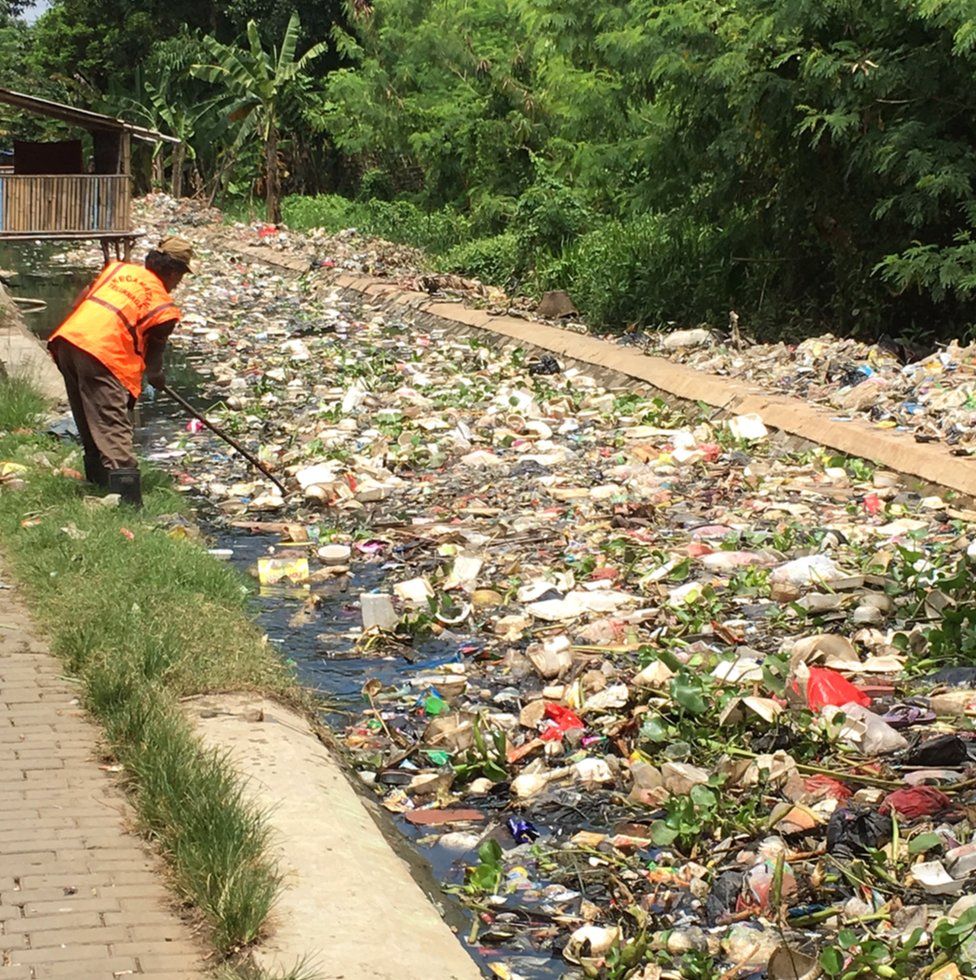From 2019 to 2022, Professor Takanobu Inoue of Toyohashi University conducted a joint research project with his research group called "Estimating the amount of plastic released into the oceans of Indonesia" under the Japan Society for the Promotion of Cooperation. the science
In Jakarta, Indonesia, floating debris is collected by a floating method that floats down a river onto a fence post. The collected waste is sorted to find out how much plastic it contains. As a result, about 78% is considered plastic, which is about 7.7-12.6 grams of emissions per person per day that will end up in the ocean.
Ocean pollution caused by microplastics has become a global environmental problem as more and more plastic is found in the bodies of marine animals and birds. Globally, Indonesia ranks second in terms of the amount of plastic thrown into the sea, and the countries of Southeast Asia also lag behind in the production and management of plastic waste.
Away from cities, garbage is usually not taken out, household waste is usually thrown behind the house or next to the river. Although the share of plastic in this type of waste has recently increased, there has been no change in its disposal, economic growth has also increased the amount of waste actually thrown away. Garbage is carried down rivers, especially when currents increase after heavy rains. To clarify the real situation, Prof. Inoue's research team started a study using various methods to estimate how much plastic is being released into the ocean.
Because this study is the team's first waste management study, they started by evaluating how the data was collected. Various methods have been tried, including students lining up across a river and collecting floating trash for 10 minutes, or using nets to collect the trash. However, an assessment of several rivers in Jakarta indicated that the floating debris was caught as it flowed into the floating river, with floating booms attached to fence posts across the river.
Hydraulic excavators are placed on the banks of the river to remove the accumulated waste, which is then loaded onto trucks and taken to landfills. The research team collected and classified samples of the collected waste and determined that the average proportion of plastic in this waste was 78%; More than half are PET bottles and plastic bags sold in stores. However, the proportion of straw currently considered a problem in Japan is still small.
Based on the amount recovered, we calculated that the daily amount that would have gone to sea in the absence of collection equipment was between 7.7 and 12.6 grams per person.
Today, the amount of plastic most commonly used in Indonesia is dumped into the sea every day at 18.9 grams per person. Although this is a low number, it still indicates that a large amount of plastic enters the oceans through river systems.
The results of this study were published in the Marine Pollution Bulletin .
The research team is conducting a study on the amount of plastic entering Indonesia's rivers as part of a research grant starting this year that targets rivers in Indonesian cities and surrounding rural areas where waste is not collected. A similar study will be conducted directly in Japan, and by comparing the results, we want to clarify how much plastic is being dumped across Indonesia, as well as discuss steps to reduce plastic dumping into the sea with Indonesian researchers.
In addition, through this study, we are trying to develop the skills of environmental engineering researchers by teaching basic environmental engineering research methods to young Indonesian researchers with environmental engineering certificates.
Further information: Mega Mutiara Sari et al., Surface Water Plastic Pollution, Jakarta, Indonesia, Marine Pollution Bulletin (2022). DOI: 10.1016/j.marpolbul.2022.114023
citation : Volume of Plastic Waste in Jakarta Rivers Revealed (November 15, 2022), accessed November 23, 2022, https://phys.org/news/2022-11-volume-plastic-jakarta-rivers-revealed. html
This document is protected by copyright. No part may be reproduced without written permission, except for private study or reasonable research use. Content is provided for informational purposes only.



